The best SD cards for 2025: top memory cards for your camera
We've tested and ranked all of the best SD cards you can buy
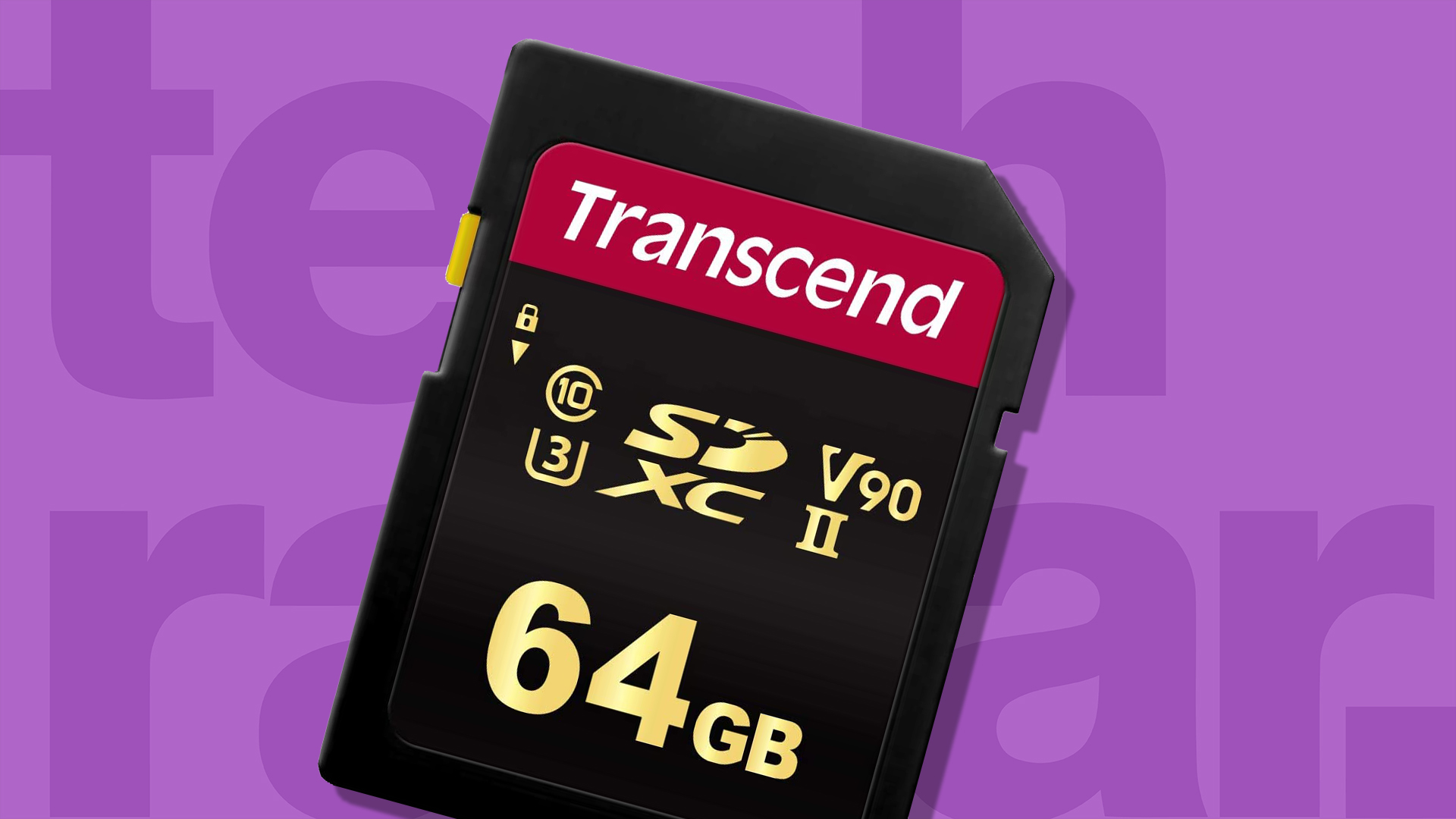
The SD card in your camera needs to be large enough and fast enough for the way you shoot. Beginners and professionals will have different requirements, as will photographers and videographers. That’s why we’ve covered a range of SD card options in our in-depth guide, from budget storage to top-spec cards.
We’ve tested every SD card worth considering. Based on the results of those reviews, our experts recommend the Transcend SDXC UHS-II U3 as the best SD card you can buy, thanks to its rapid transfer speeds and solid durability. That said, you might be better served by a different option.
For each entry below, we’ve summarized the positives and drawbacks that we discovered during our real-world tests, as well as how accurately the true read and write speeds stacked up against claimed numbers. We’ve then divided the list based on use-case, to make it easier for you to find your ideal option. If it’s a microSD card you need, check out our dedicate guide to the best microSD cards.
Top 3 picks
The summary below will give you a quick overview of the best SD cards for every photographer and videographer. When you find one that fits your requirements, you can use the links beneath each entry to jump to our in-depth review.
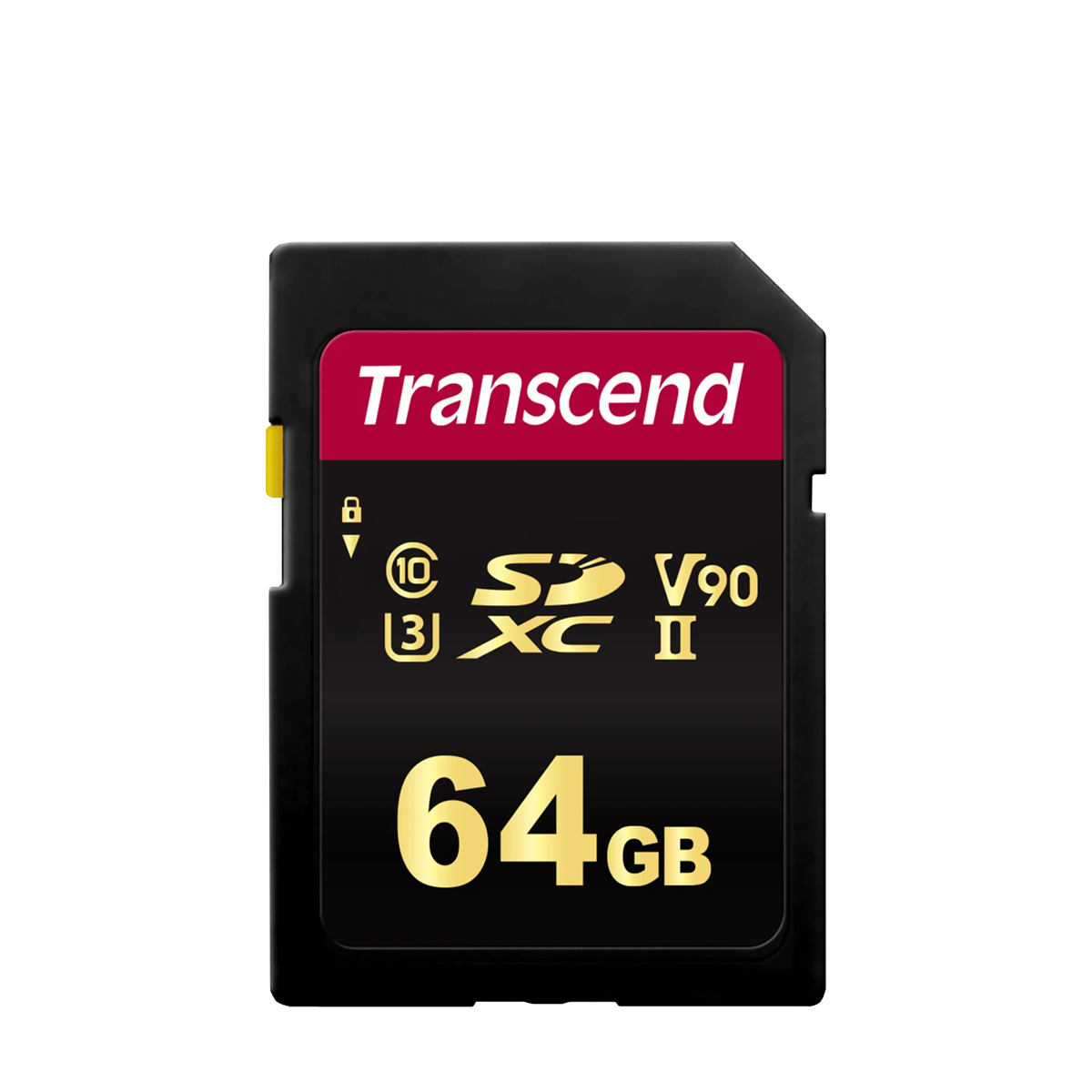
The best SD card overall
Offering supreme write speeds and impressive durability at a decent price, this is an ideal card for shooting high-res stills or 8K video.
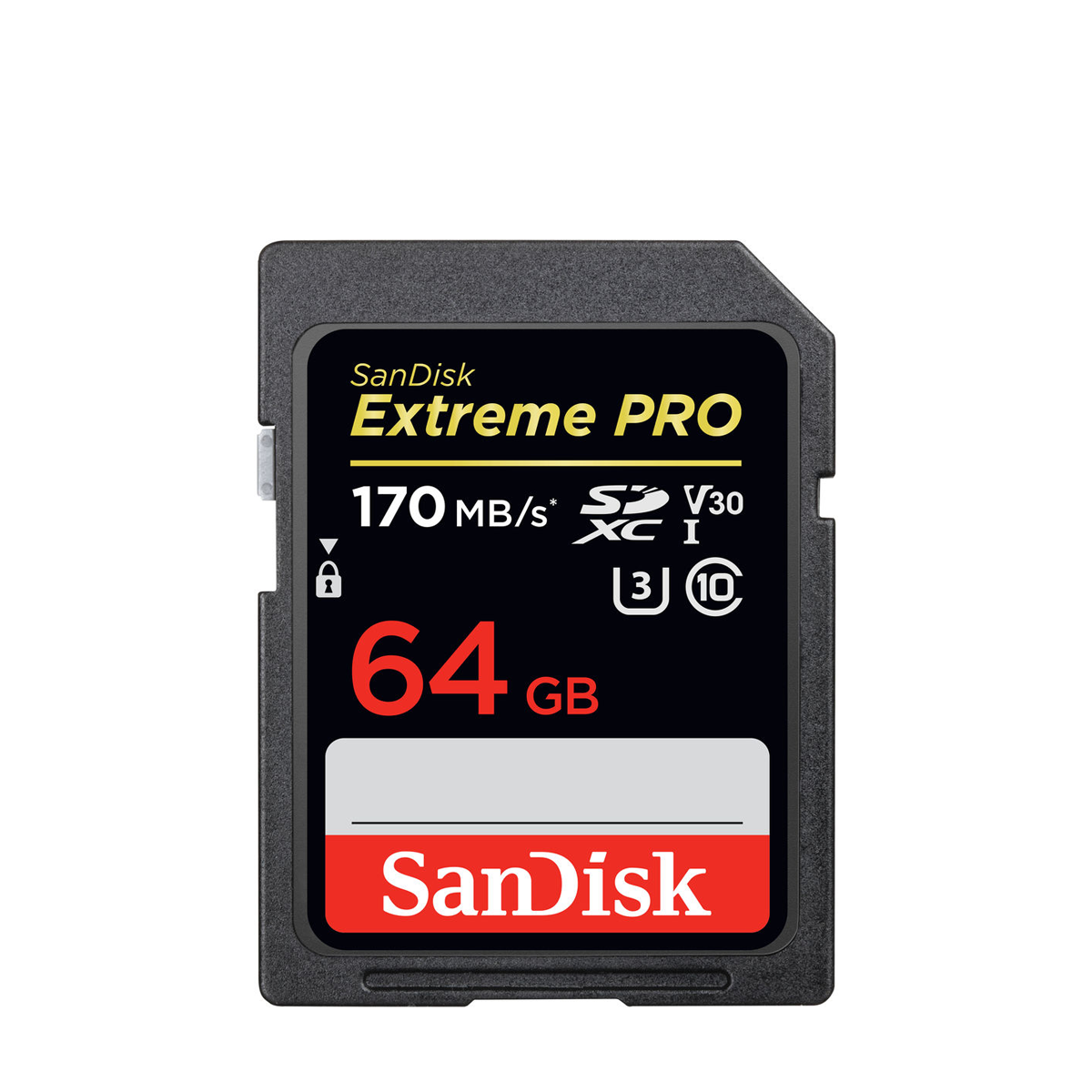
The best SD card for professionals
It didn’t match claimed speeds in testing, but this is still a fast, reliable card for pros who are happy to pay for performance.
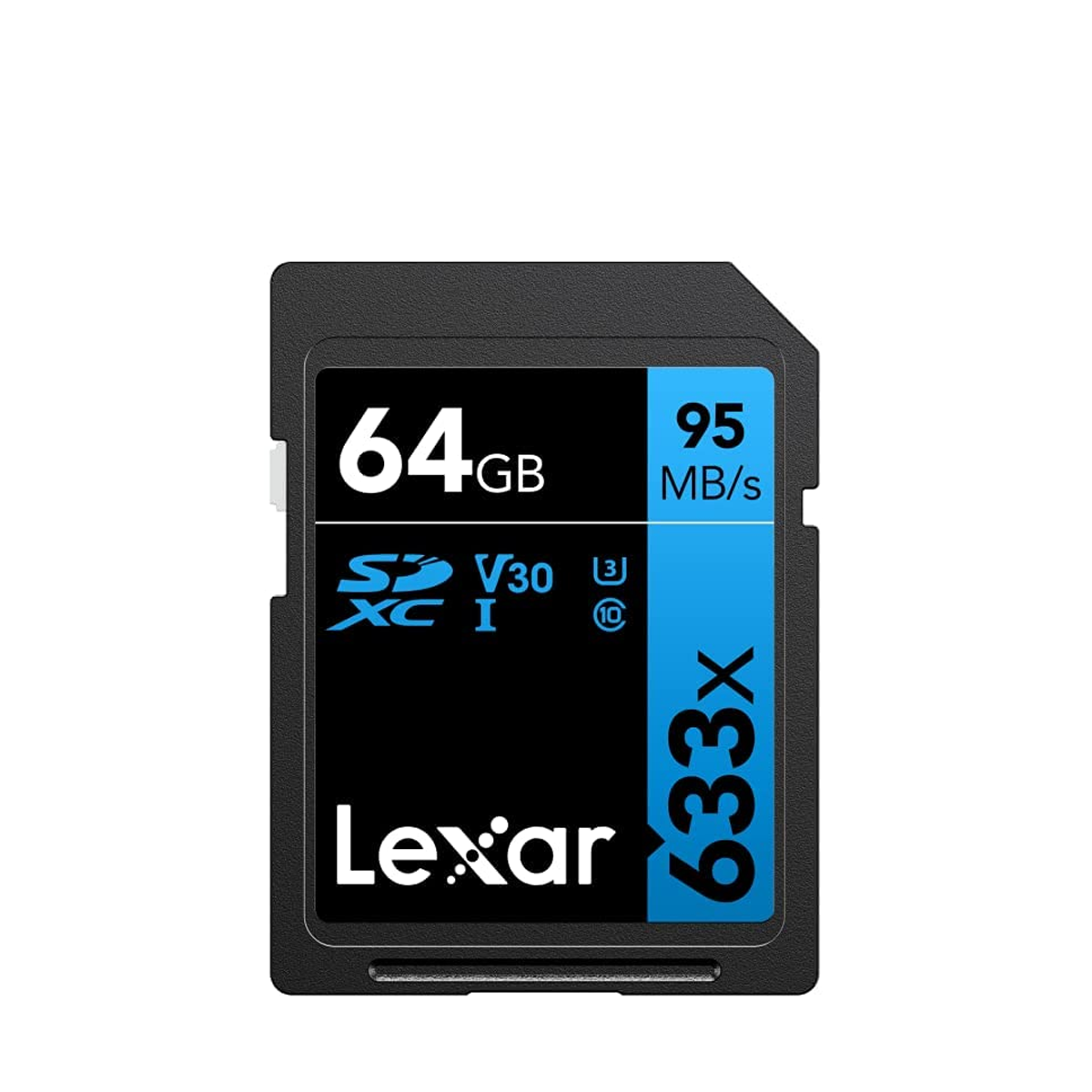
The best SD card for hybrid shooters
Available with up to 1TB of storage capacity, this is a versatile and good value card for a wide range of stills and video shooters.
Best by use-case
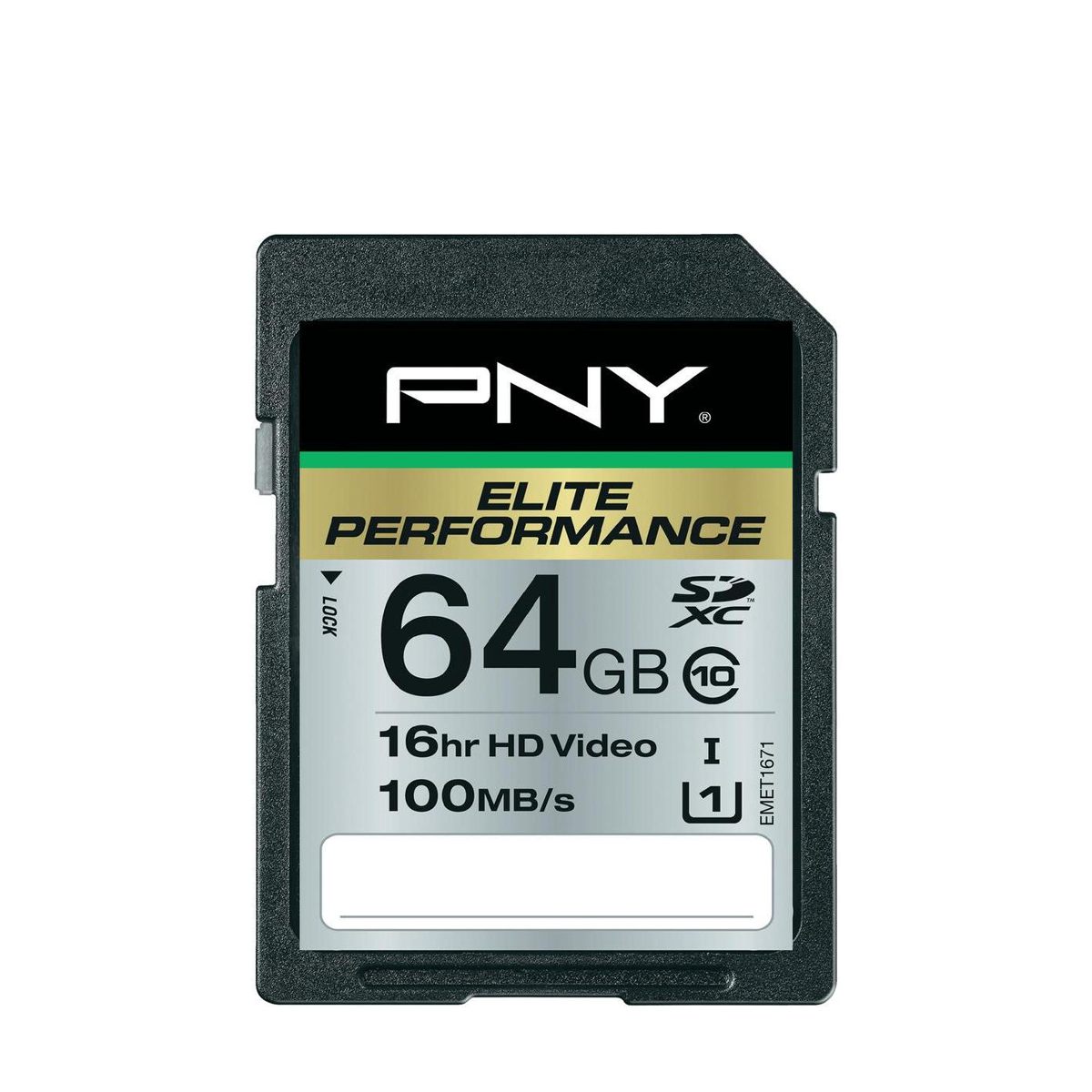
The best budget SD card
For the average photographer who needs a rugged SD card for a reasonable price, this PNY option is a hard one to beat.
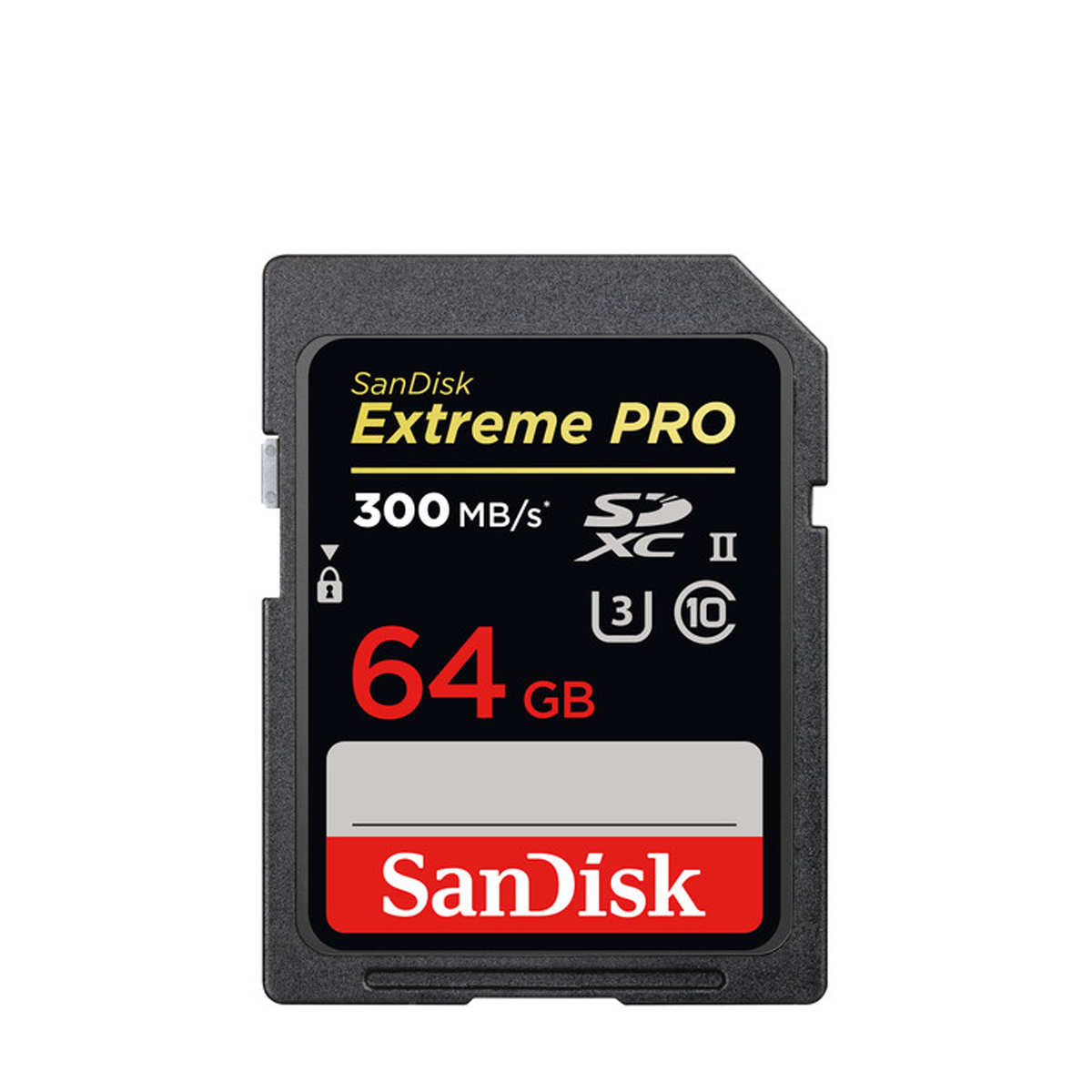
The best SD card for enthusiasts
Impressive transfer speeds make this durable SD card ideal for enthusiasts who a mix of action stills and high-res video.
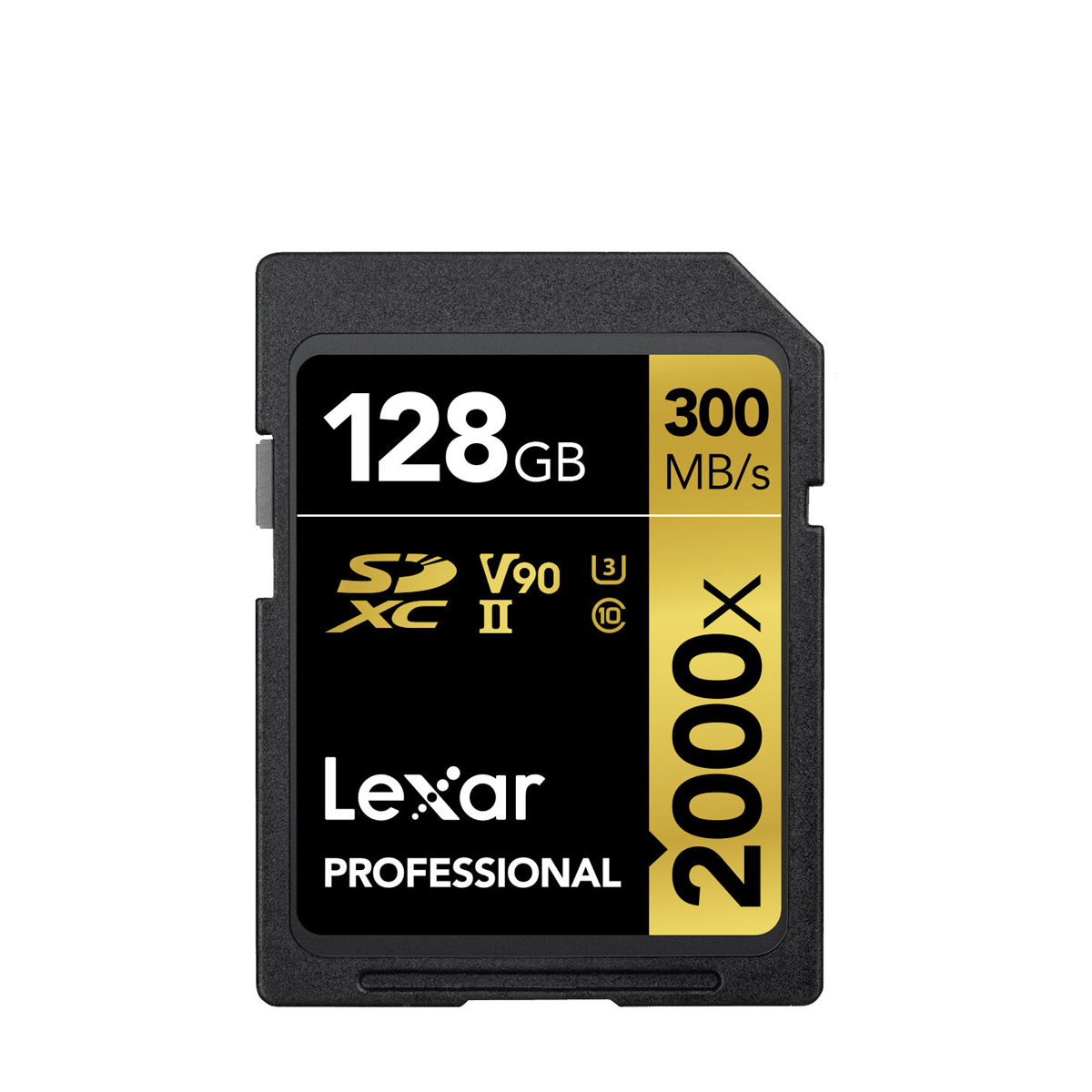
The best SD card for power users
Pricier than rivals, this Lexar card offers consistent read and write speeds fit for both sports shooters and 8K filmmakers.
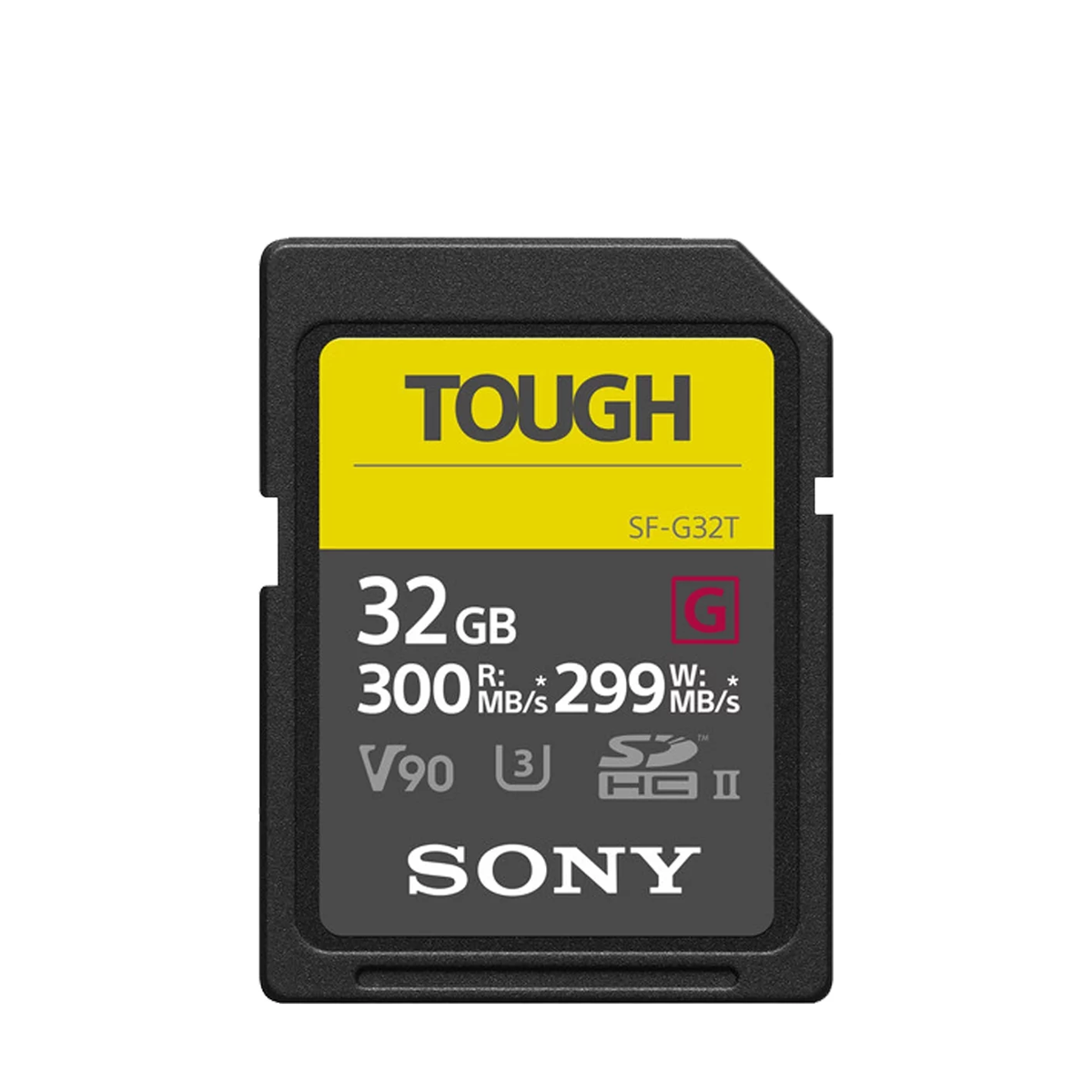
The best SD card for travelers
You’ll pay more for its durability, but this Sony SD card is built tougher than most and also delivers solid read and write speeds.
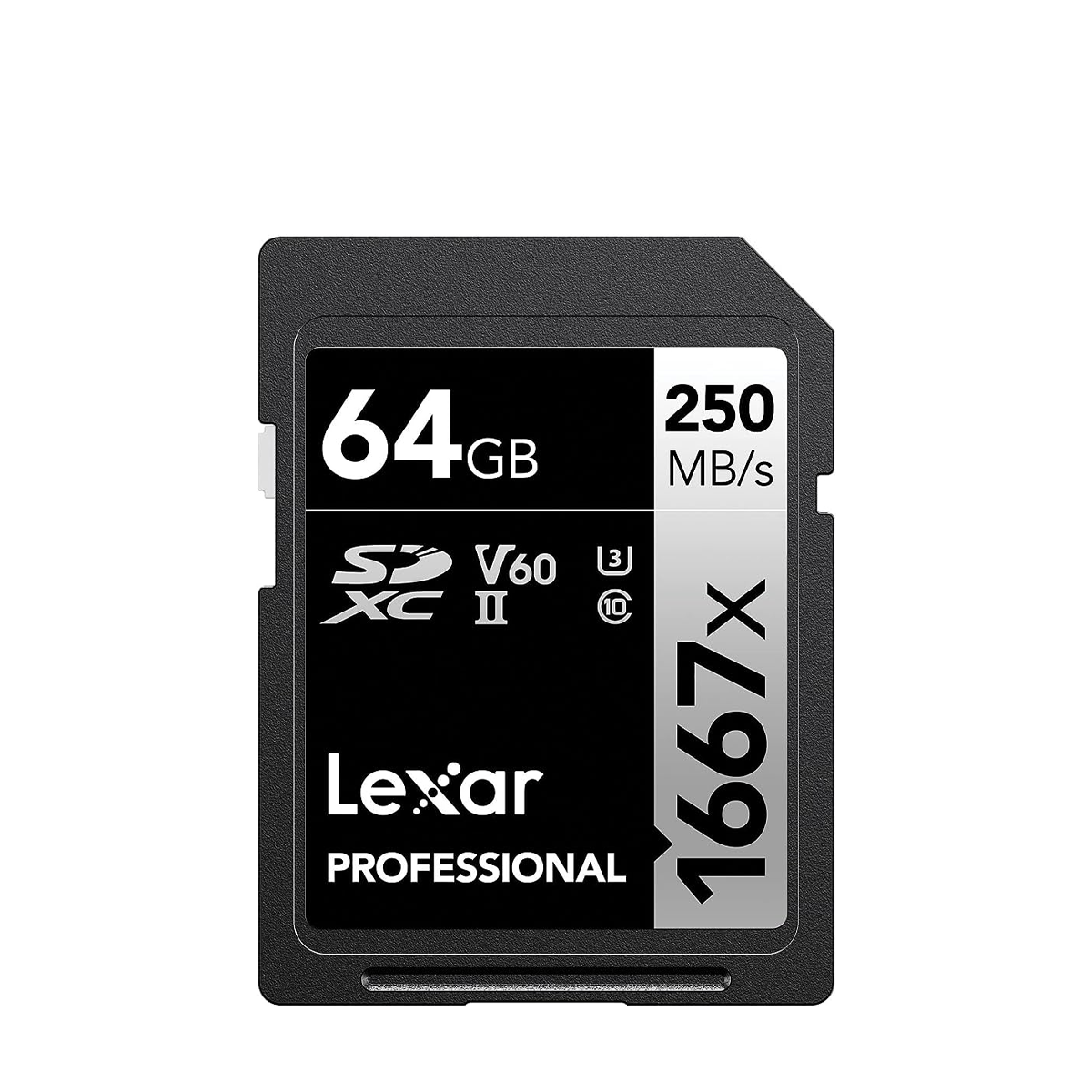
The best SD card for 4K filmmakers
Consistently fast read speeds and large capacities make this a good choice for recording video at higher resolutions.
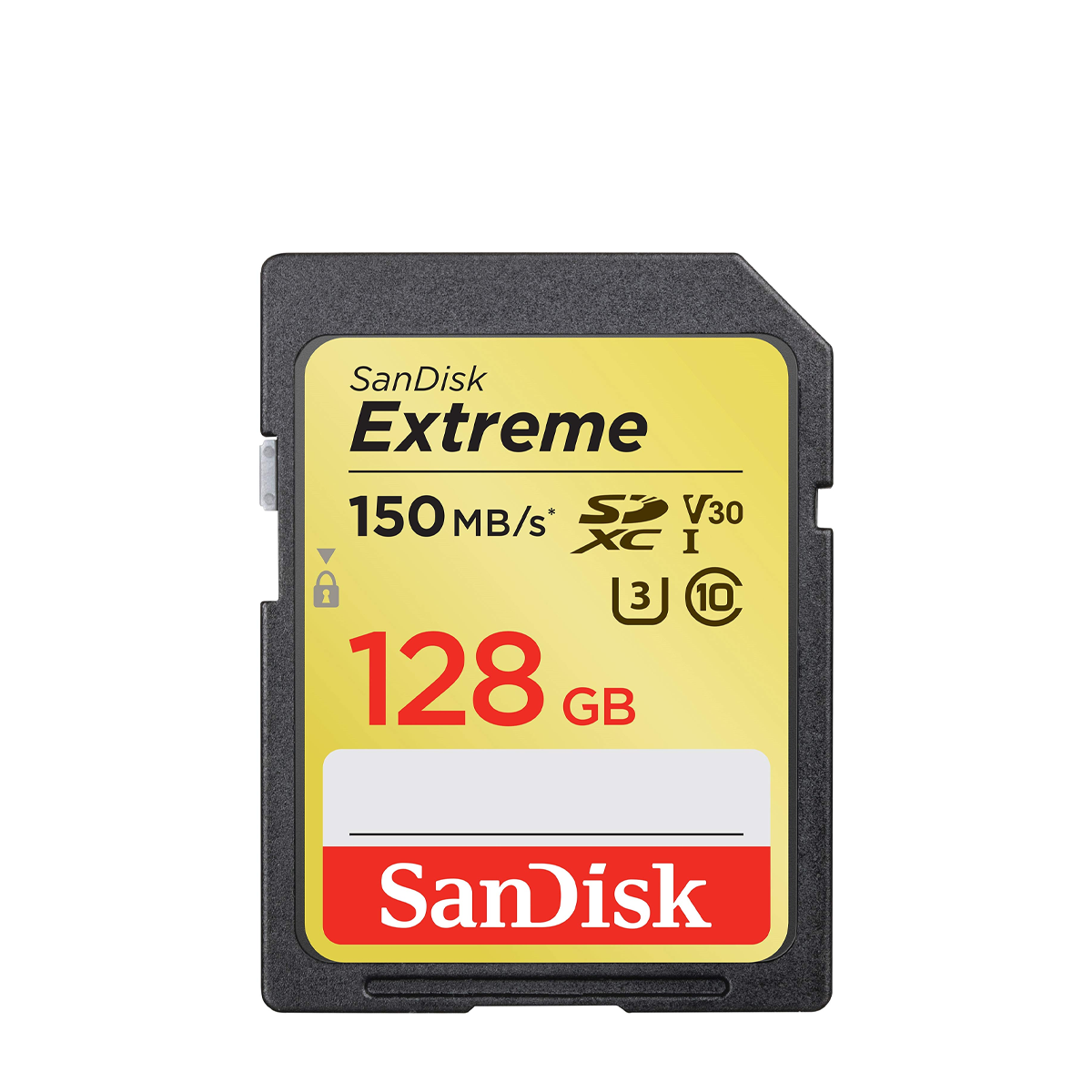
The best value backup SD card
Starting at 16GB, this SanDisk card is a great option if you need a low-cost yet decent backup to keep in your camera bag.

Tim is TechRadar's Cameras Editor. With more than 15 years' experience in the photo video industry, Tim has developed a deep technical knowledge of all things camera-related, including extensive practical experience with a wide range of SD cards. He notes, "whether you're an eager amateur or a creative professional, selecting the right SD card is crucial to your shooting experience. Memory cards can limit or unlock your camera's true performance, so it's important to choose the right one for your needs and budget."
The best SD cards in 2025
Why you can trust TechRadar
Below you'll find full summaries for each of the best SD cards in our list. We've tested each one extensively, so you can be sure that our recommendations can be trusted.
The best SD card overall
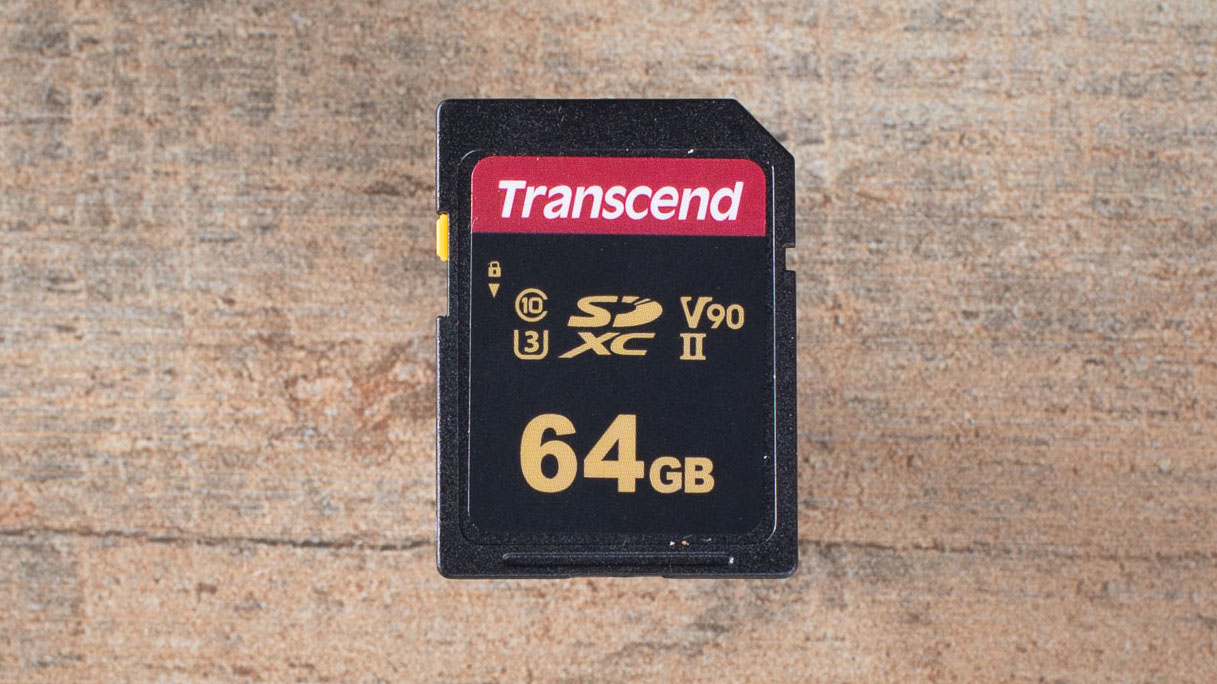
1. Transcend SDXC UHS-II U3
Specifications
Reasons to buy
Reasons to avoid
From our tests, we think the best SD card overall is the Transcend SDXC UHS-II U3. With a Class 10, V90, U3 and UHS-II rating, we thought it would be fast enough to capture almost anything modern devices could throw at it, but we weren’t quite expecting the speed results we got. The Transcend did superbly in its speed tests, excelling the claimed write speed (180MB/s) with a whopping 224MB/s, but falling slightly short on the read speed with 224MB/s.
Overall, that makes this card an impressive buy at a reasonable cost. It's ideal for both high-resolution, rapid-fire stills photography and 8K video, with 4K and HD video being recorded comfortably, too. Add that to the card's waterproofing, shock proofing, plus the fact that it’s X-ray proof, temperature resistant and static proof, and we have a great value card that is designed for use in almost any conditions.
The best SD card for professionals
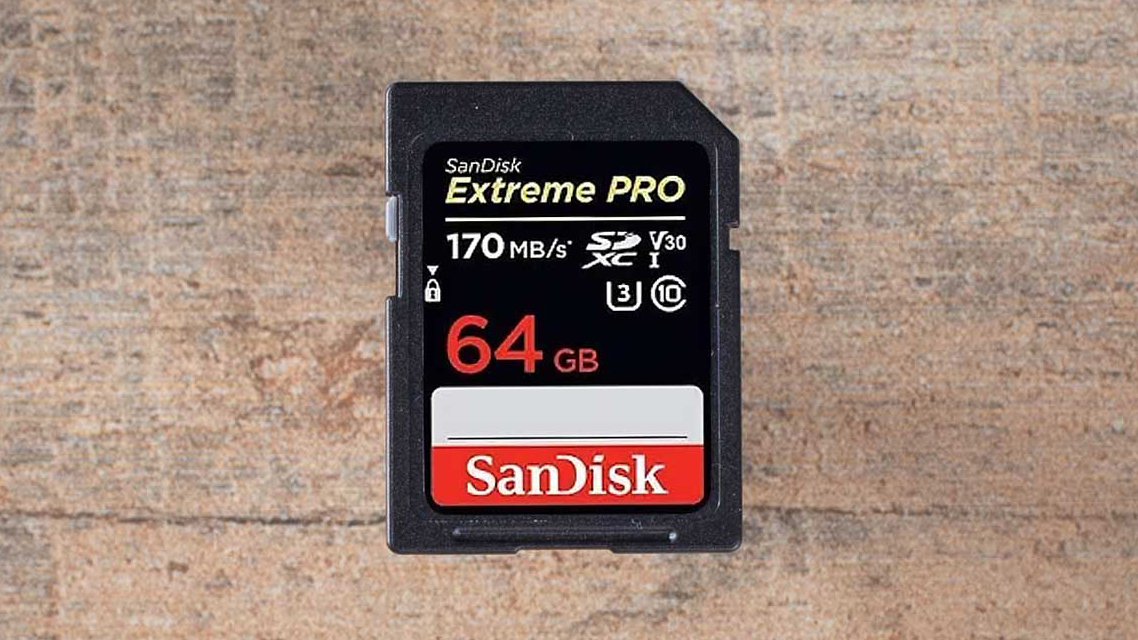
2. SanDisk Extreme Pro SDXC UHS-I
Specifications
Reasons to buy
Reasons to avoid
SanDisk was part of a team of manufacturers that came together to introduce standardization of the SD card market. In the Extreme Pro SDXC UHS-1, you're getting a good, reliable card from a renowned manufacturer, at a decent price. For added peace of mind, the card comes with a warranty direct from SanDisk giving you a lifetime guarantee should any fault arise (and by lifetime, they mean 30 years).
Our speed tests show quite a dip in performance when compared to claimed speeds, revealing a write speed of 63.6MB/s and a read speed of 65.9MB/s. That being said, for the money, it’s still a very solid buy. Suitable for users that want to shoot stills and some 4K video, you can’t go wrong with the Extreme Pro UHS-I.
The best SD card for hybrid shooters

3. Lexar Professional 633x UHS-I
Specifications
Reasons to buy
Reasons to avoid
Since Lexar’s announcement of the world’s first consumer 1TB SD card back in 2019, several manufacturers have jumped into the game. However, Lexar is renowned for its memory card line-up and the 633X UHS-I performs well under scrutiny. While the higher capacity cards increase in price exponentially, the 633x appears in sizes as small as 16GB, making it suitable for a wide range of photographers and videographers alike who require all kinds of capacities for casual or professional use.
We found its write speed to be a little slow compared to other UHS-I cards in this class range, but it’s good value for money and the V30/U3 class listing means it’s still suitable for up to 4K UHD video recording. Actual transfer speeds under our testing churned out a write speed of 33MB/s and read speed of 82MB/s; not too bad, but the write speed is close to the minimum V30 classification on the label, so that's worth bearing that in mind if write speeds are important to your work.
The best budget SD card
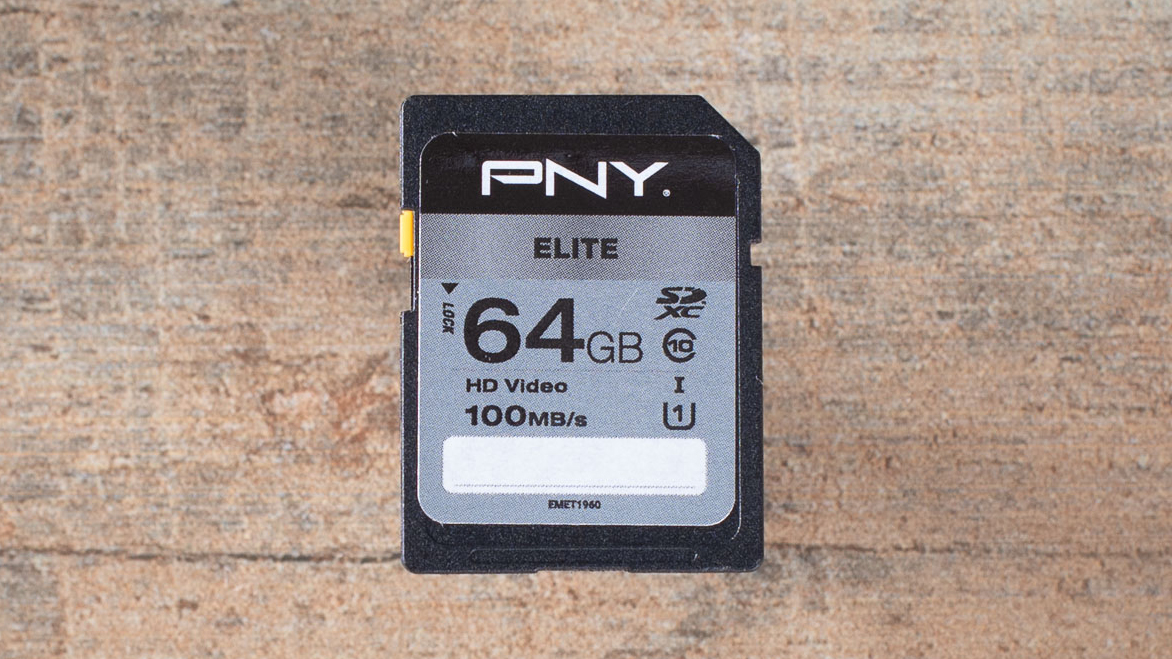
4. PNY Elite Performance SDXC
Specifications
Reasons to buy
Reasons to avoid
Considering the low price these cards go for, they’re surprisingly well protected against the elements. According to PNY’s internal testing, the Elite Performance SDXC line-up is magnet-proof, shock-proof, temperature-proof and waterproof. This makes it an ideal card for users who want a rugged memory card that can withstand the elements.
Being UHS-I, the Elite Performance is slightly slower than its bigger brothers. With an advertised read speed up to 100MB/s, it fell short of this on our tests at just 65.7MB/s, with read speeds much slower, averaging 20.8MB/s. However, for the average shooter who needs a durable card to capture some stills and a bit of HD video, you can’t really go wrong for the price. If you’re in need of a quick memory fix and need up to 128GB of the stuff, then the PNY Elite performance might be for you.
The best SD card for enthusiasts
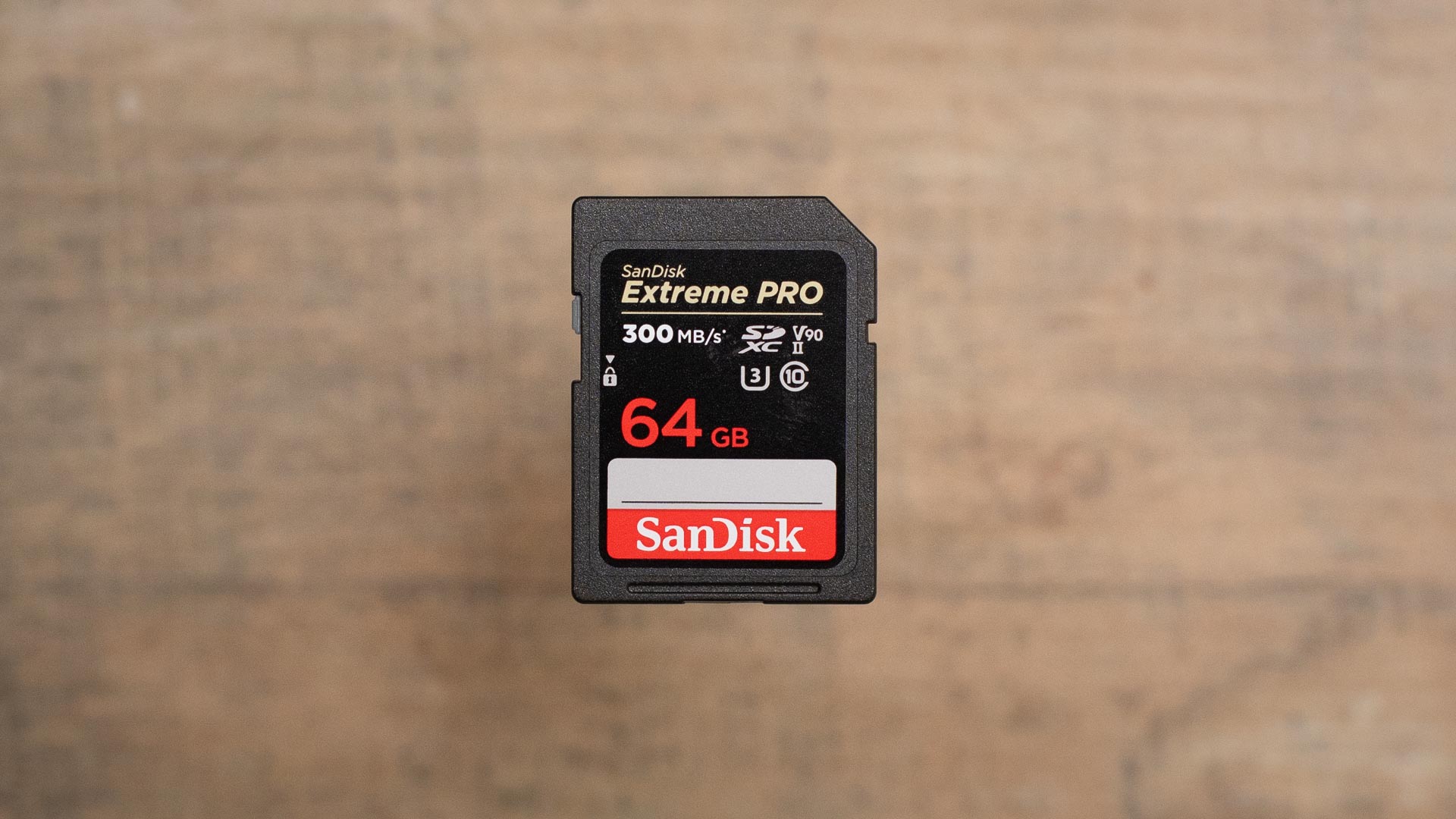
5. SanDisk Extreme PRO SDXC UHS-II V90
Specifications
Reasons to buy
Reasons to avoid
The SanDisk Extreme PRO SDXC UHS-II is limited to a maximum of 128GB in card capacity. Thankfully, the read and write speeds more than make up for it. Ideal for 4K – and even 8K – video capture as well as continuous burst shooting with high-resolution stills in raw and JPEG format, our tests revealed that it performed just around 30MB/s slower than the claimed figures, with an actual read speed of 268MB/s and write speed of 233MB/s.
Still, the fast V90 and UHS Speed Class 3 (U3) transfer speeds make this card ideal for users who are capturing fast-paced action or sports stills. Those who require high-resolution video capture will be glad to get it as well. The card is fully waterproof, temperature proof, shockproof, and X-ray proof to ensure peace of mind when traveling, too.
The best SD card for power users
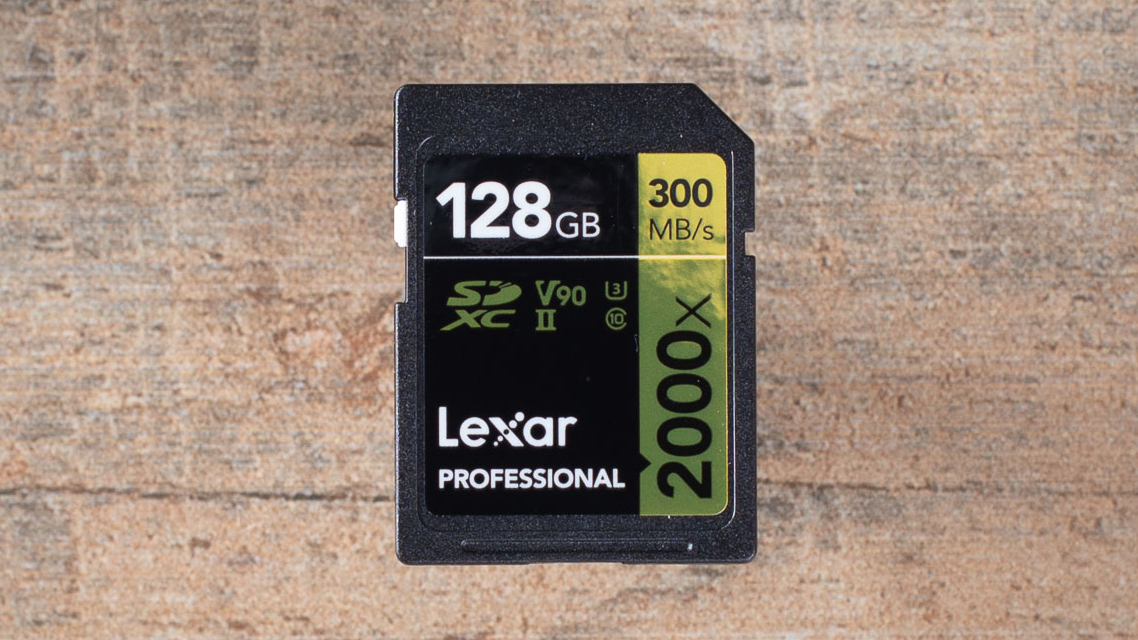
6. Lexar Professional Class 10 UHS-II 2000X
Specifications
Reasons to buy
Reasons to avoid
Thanks to the UHS-II technology in the 2000X, we can rely on this card for fast read and write speeds. In our real-world tests, we found that the read and write speeds fared significantly better than other cards in its class. It only dipped 19MB/s shy of the claimed write speed at 241MB/s, making it ideal for larger data transfer such as 4K or 8K video recording, with the read speed only lagging slightly behind at 253MB/s.
For stills, this would benefit sports and wildlife photographers, or indeed any discipline that requires rapid bursts of high-resolution photographs. It'll also work nicely for filmmakers needing to capture 4K and 8K on cameras, as it’s one of the fastest in this guide, as shown by its V90 classification.
The best SD card for travelers
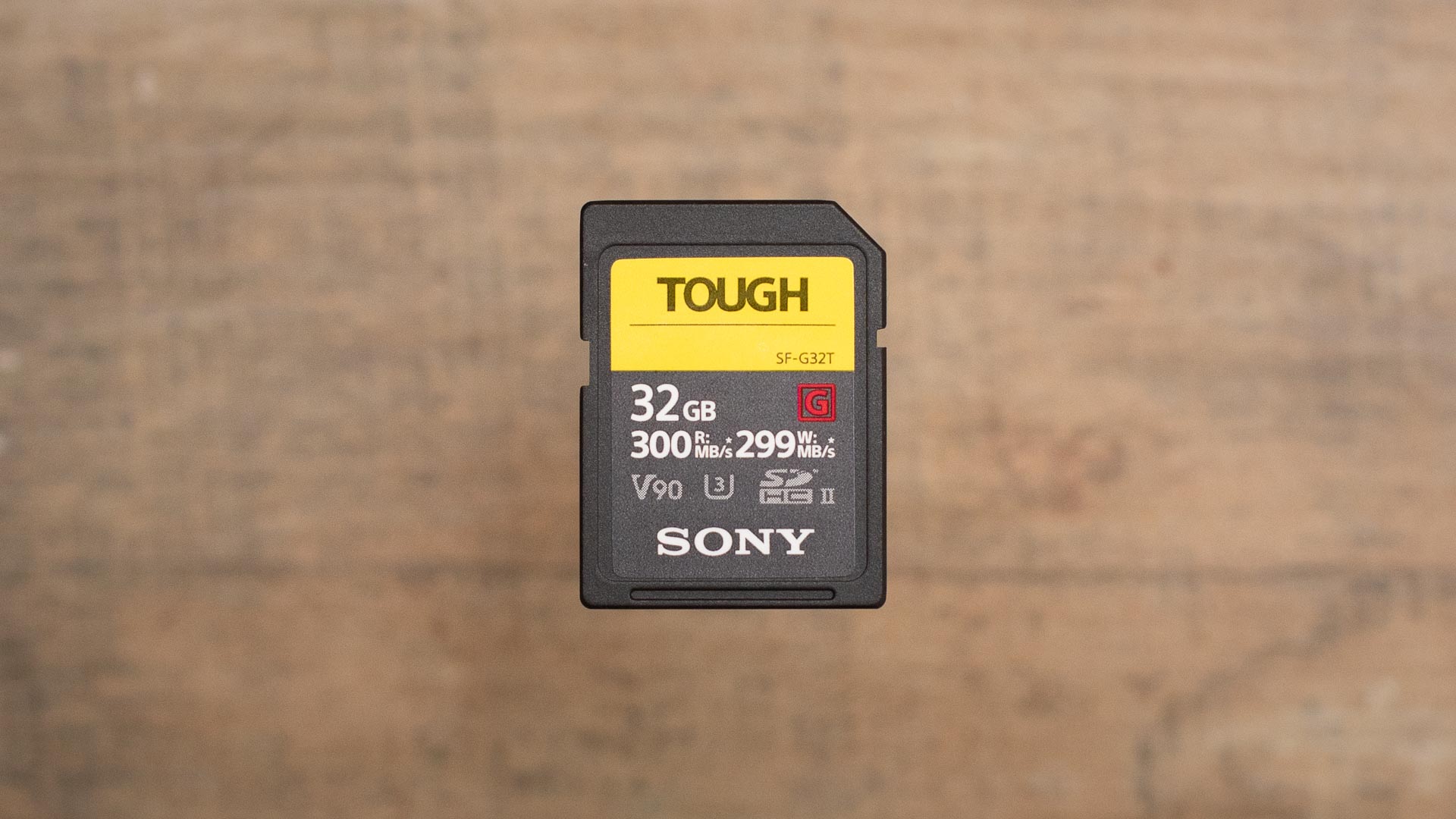
7. Sony SF-G Series TOUGH UHS-II
Specifications
Reasons to buy
Reasons to avoid
The Sony SF-G Series Tough UHS-II stands out from the crowd by bringing some seriously rugged credentials. It comes with a premium price, but that isn't surprising considering its build. Branded as dirt, dust, water, and grime-proof by Sony, it’s also purported to be 18x stronger than standard cards thanks to a unique resin-moulded design, which can be felt easily in the hand. It also has a noticeable protective protrusion at the rear.
In our tests, actual write speeds came back at 246MB/s, with read speeds of 251MB/s, which are both very impressive numbers. This SD card is undoubtedly a little more expensive, but when you consider it’s designed with professional use in mind, it’s a card you can likely take into any situation with a little more peace of mind, whether up an icy mountain or into a sandy desert.
The best SD card for 4K filmmakers
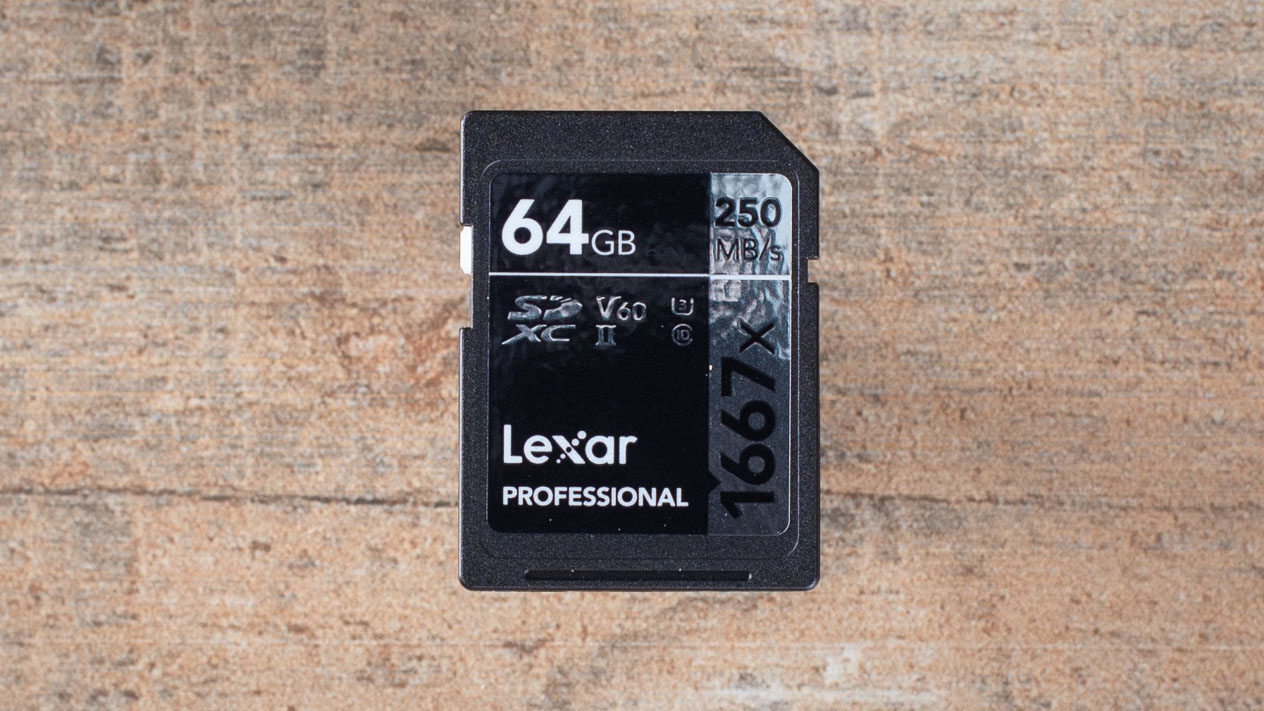
8. Lexar Professional 1667x SDXC UHS-II
Specifications
Reasons to buy
Reasons to avoid
The smallest capacity version of the 1667X SDXC UHS-II is 64GB. That might be a problem for some photographers and videographers who are still shooting slightly lower resolution content or want to grab a small backup card such as a 32GB. However, a UHS-II classification means this card can handle up to 4K video recording and with that comes some hefty files. It’s no wonder there’s no 32GB version. Even if you don't need as much storage space, just think of it as futureproofing your setup.
Matching the claimed read speeds almost exactly at 254MB/s, the 1667X does well when compared to the claimed transfer speeds. Write speeds did drop by about 20% to 101MB/s, which is similar to or better than other cards in this roundup. Consistency, fast speeds and a limited lifetime warranty make the 1667X a very desirable option for creatives who need to capture scenes at higher resolutions.
The best value backup SD card
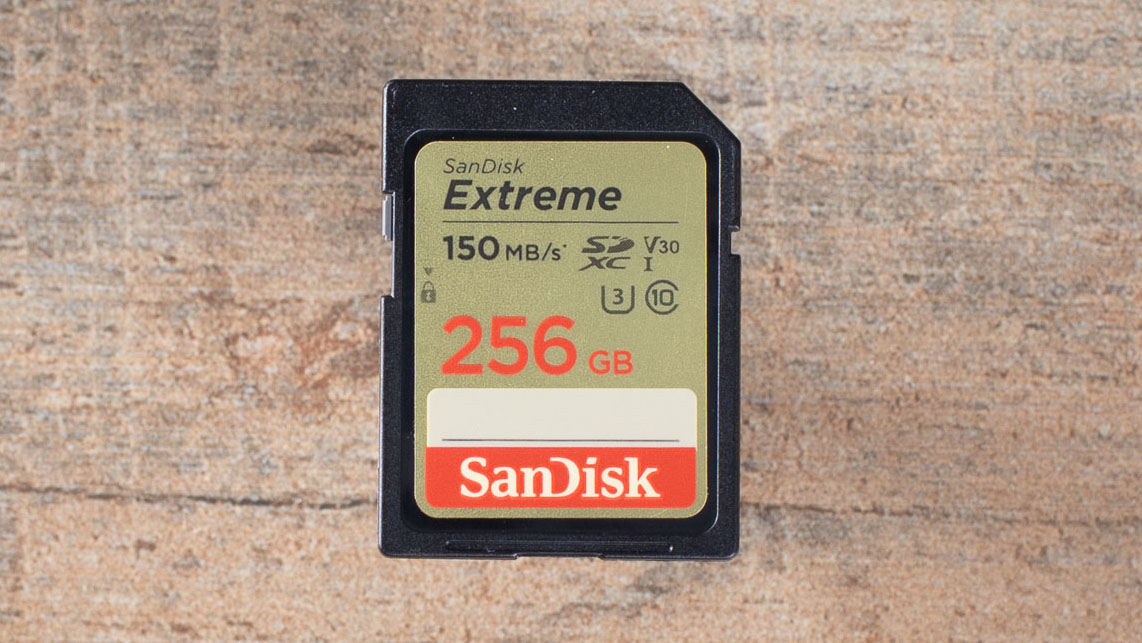
9. SanDisk Extreme SD UHS-I V3
Specifications
Reasons to buy
Reasons to avoid
With capacity starting at 16GB, the SanDisk Extreme SD UHS-I V3 is a brilliant option for those who need an inexpensive backup card to throw in their camera bag – and it doesn't lag too far behind the others in real world performance, either. Our tests saw write speeds live up to its claims, matching them almost exactly at 71.6MB/s. But as with most other cards on this list, the read speeds leave a bit to be desired, coming in at almost half the claimed speed, 71.6MB/s.
All can be forgiven, though, bearing in mind the extremely low cost of these cards, especially while still offering such high capacity to users at up to 256GB sizes. As is standard with all SanDisk cards, there’s also a lifetime warranty, plus it’s shock-proof, waterproof, temperature-proof, X-ray proof and is also classed as UHS speed class 3 and video speed class 3, making it ideal for high-resolution photography and 4K UHD video.
Meet the team
Our reviews team has decades of combined experience testing the latest and greatest camera accessories. With years of practical shooting expertise to their names, each of our expert testers knows exactly what makes a great SD card.

As Cameras Editor, Tim looks after all cameras content on Tech Radar. This includes buying guides, opinions, reviews and news, and covers anything from mirrorless cameras to film and smartphones. He has been cutting his teeth in the photo and video industry for almost 20 years.

Mark is TechRadar's Senior news editor and has been a technology journalist since 2004. Formerly Trusted Reviews and TechRadar's cameras editor, Mark has tested cameras over many years from all of the leading brands.

Amy has been writing about cameras, photography and associated tech since 2009. Amy was once part of the photography testing team for Future Publishing working across TechRadar, Digital Camera, PhotoPlus, N Photo and Photography Week.
How to choose the best SD card for you
How to choose the best SD card
1. Capacity
When it comes to SD card size, we’re talking these days about how much data can fit onto the memory card in gigabytes (or possibly terabytes). It’s important to check your device’s manual to see the maximum card capacity it’s compatible with, as some cameras won’t be able to accept cards over 32GB. The larger the capacity, generally, the more expensive the card. But if you’re planning on shooting lots of high resolution stills or 4K/8K video, you’ll likely want to go bigger (at least 64GB) rather than smaller.
2. Speed
Capacity shouldn't be your only consideration – a card's reading and writing speeds are also crucial to storing the recorded media and for a speedy transfer between devices. Read/write speeds labelled on SD cards are best case scenarios and often hyped by the manufacturer in order to sell more units. Real-world results are often slower (sometimes a lot slower) so check our guide above for a better idea.
3. Type
There are three main types of SD card: SD, SDHC (high capacity) or SDXC (extended capacity). SD cards typically offer 128MB to 2GB in storage capacity, too small for today’s modern cameras with higher resolutions. SDHC bumps this up from 4GB to 32GB, useful for most photographers and videographers. SDXC cards, meanwhile, range from 64GB to 2TB and are aimed at professional-level users who require more memory.
4. Durability
SD cards are flash memory, which means they have no moving parts and instead rely on electronic chips to store data. While they don’t require power to store data, they can be damaged via water, fire and physical pressure. Some companies offer bespoke 'tough' versions that can withstand these elements, even remaining safe in extreme temperatures, so it's worth looking for those if you're going on an adventure.
5. Stills or video?
Most SD cards are now labelled as either UHS-I or UHS-II. UHS-I cards are typically slower, but are relatively cheap and are most useful for stills photographers. UHS-II cards read and write much faster but are more expensive, and are geared more towards video recording (especially at 4K). If you’re not sure whether a card is UHS-I or UHS-II, flip it over and check how many rows of connections it has – they have one or two rows respectively.
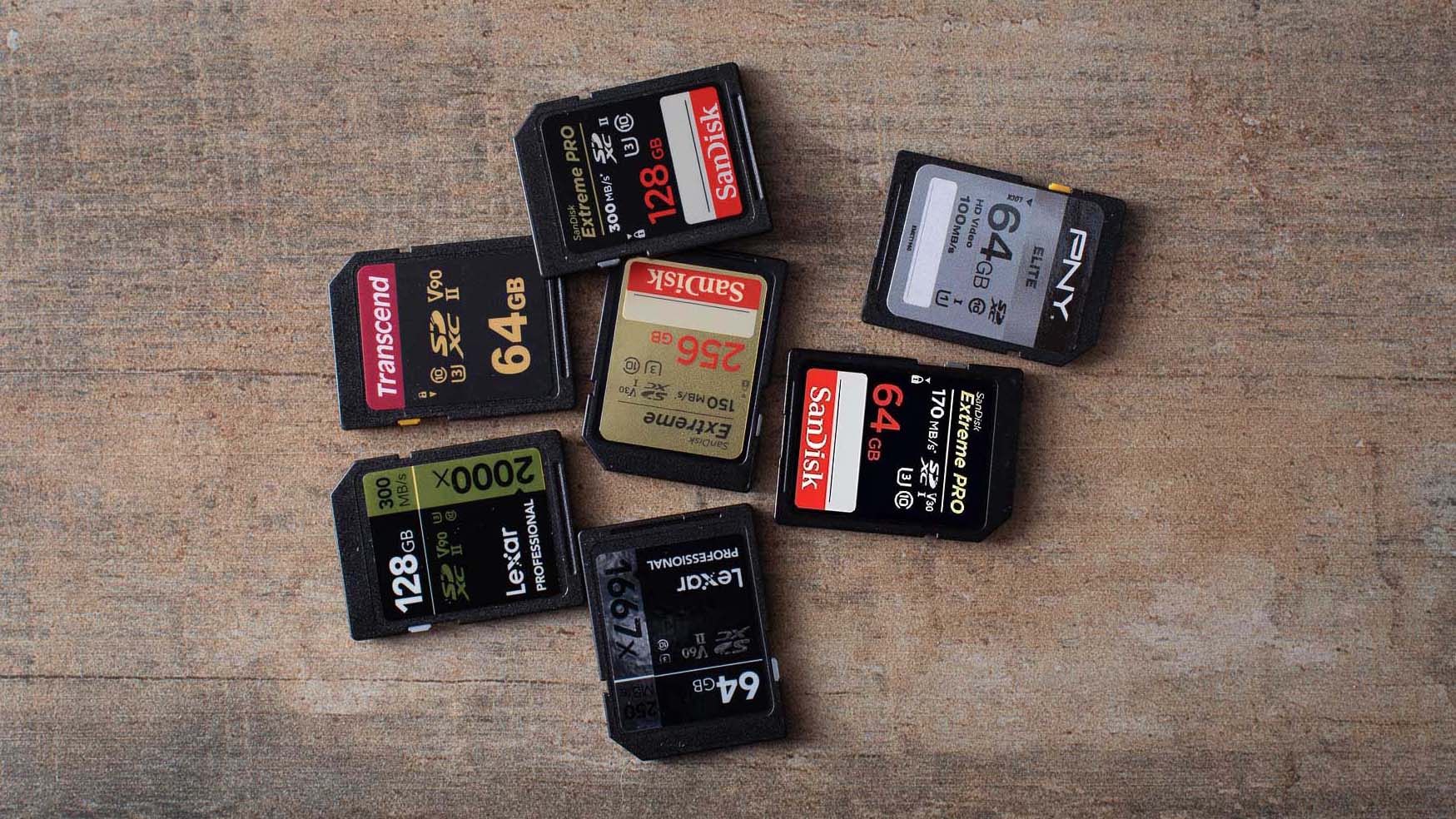
What SD card speed do I need?
Choosing a new SD card can be confusing with so many classes and speeds available. The main figures to focus on are the 'write' speeds and (to a lesser extent) 'read' speeds. While the main figure on the front of card is likely to be its theoretical 'read' speed (measured in MB/s, or MegaBytes per second), this only tells you how fast you can copy photos to your computer in ideal settings. The more useful number for telling you how quickly your camera can record images to your SD card is the 'write' speed (also measured in MB/s). Faster write speeds are particularly important for shooting sports or action in burst mode.
Card classifications like V30 or U3 are just categorizations of these speeds. There are three main classes: Speed Class (denoted with a number in a circle), UHS Speed Class (a number in an open beaker-like icon), and a Video Speed Class (V followed by a number). The numbers indicate the minimum writing speed when put under data transfer. Speed class is categorized into Class 2 (a minimum write speed of 2MB/s), Class 4 (4MB/s), Class 6 (6MB/s), and 10 (10MB/s). Choosing the best one for your camera depends on your camera's resolution, buffer size and burst shooting speeds. An additional clue is the UHS Speed Class rating, which is U1 or U3. U1 means it can write a minimum of 10MB/s (like Class 10), while U3 pushes the write speed up to a minimum of 30MB/s. More interested in shooting video? The Video Speed Classes are V6, V10, V30, V60, and V90, with V6 suitable for standard definition video recording and V90 capable of 8K video capture. 4K UHD video recording will require a minimum of V10 ideally, and HD video can utilize V6 or below at a push.
How we test SD cards
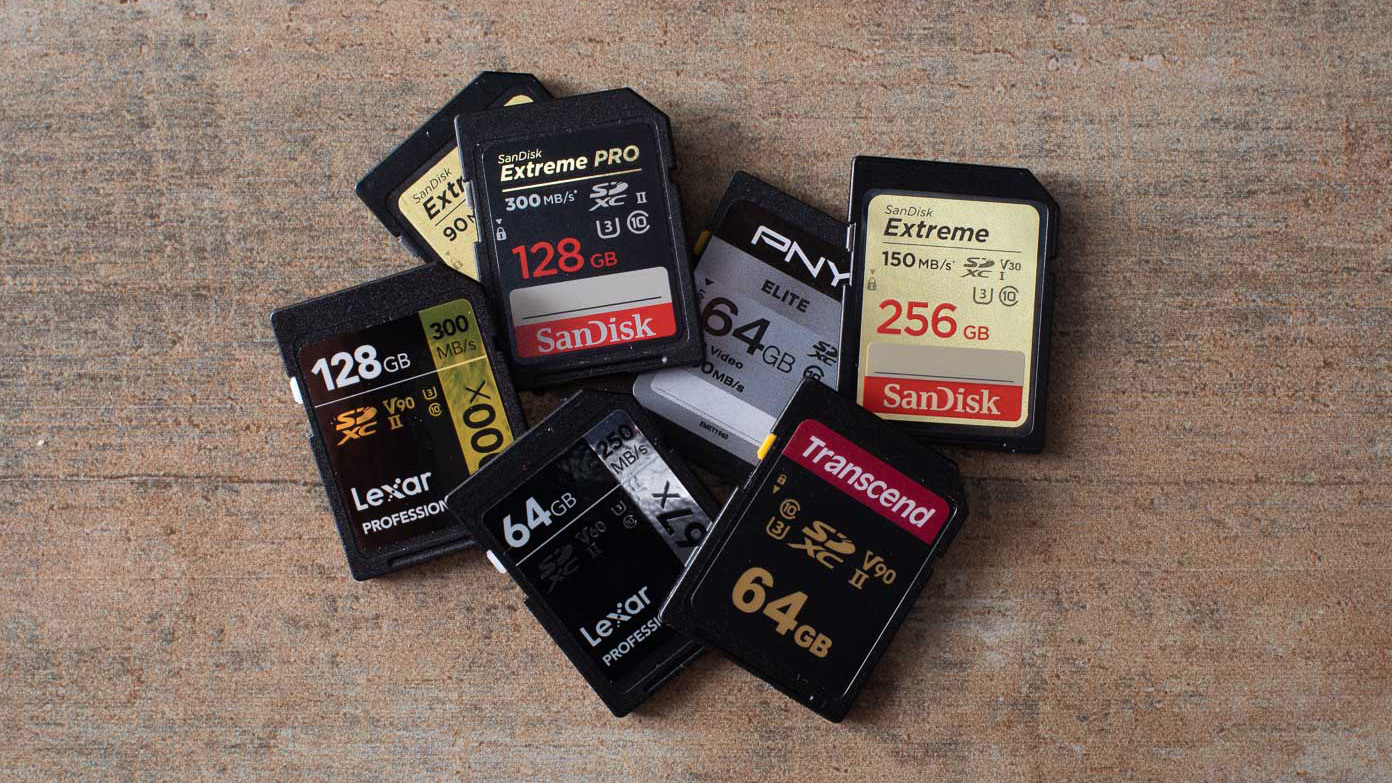
☑️ 10s of SD cards reviewed
☑️ 15 years of product testing
☑️ Over 16,000 products reviewed in total
☑️ Nearly 200,000 hours testing tech
It’s all well and good comparing card read and write speeds by comparing the numbers on the label, but this rarely gives an accurate account of how well they actually perform in the real world. So we’ve tested them out using specialist speed-tracking software to calculate more realistic data transfer speeds.
We do this by first formatting all cards into the same format system to make sure things are fair from the off. That way, speeds can’t be influenced by the storage system in place on the card. Next we run a storage media testing software on each card which works by filling up the entirety of the card with data and reading it back off the card. This tests both write and read speeds in the same process to give reliable, real-world results that we’d expect to see when shooting photos or videos.
This is a much fairer way to measure transfer speeds between cards. Trying to test speeds by using a device would introduce anomalies. For example, using a DSLR on burst mode and taking photos would firstly take a long time to fill up a large capacity card. Then you have to take into account not every frame will be exactly the same as light levels and colors affect the size of the file capture. Not to mention the time it would take to run it through every card. You’d also be wearing out devices before their usable lifetime, so we use speed-tracking software instead.
Get daily insight, inspiration and deals in your inbox
Sign up for breaking news, reviews, opinion, top tech deals, and more.

Tim is the Cameras editor at TechRadar. He has enjoyed more than 15 years in the photo video industry with most of those in the world of tech journalism. During his time as Deputy Technical Editor with Amateur Photographer, as a freelancer and consequently editor at Tech Radar, Tim has developed a deeply technical knowledge and practical experience with cameras, educating others through news, reviews and features. He’s also worked in video production for Studio 44 with clients including Canon, and volunteers his spare time to consult a non-profit, diverse stories team based in Nairobi. Tim is curious, a keen creative, avid footballer and runner, and moderate flat white drinker who has lived in Kenya and believes we have much to enjoy and learn from each other.